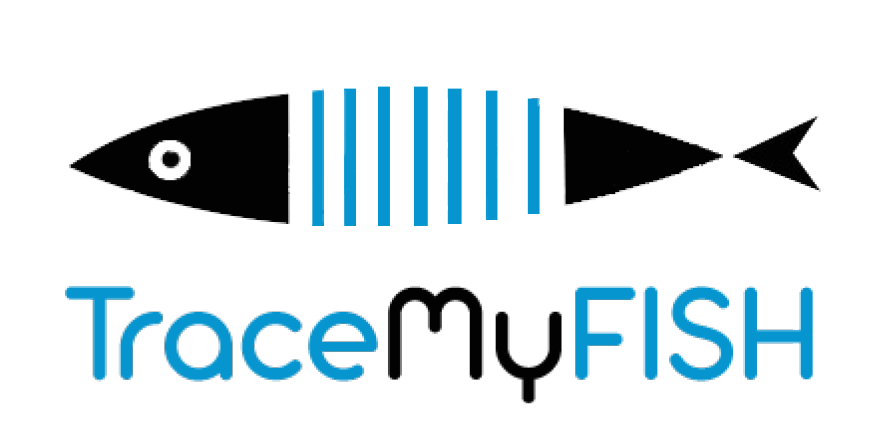The Atlantic Salmon Value Chain
Value chain definition
The salmon value chain is defined as the product flow from farming to the end customer (Fig. 1). Out of total production in Norway, some 80% is exported as whole HOG (head on gutted), mostly fresh but also frozen. The fresh, chilled HOG salmon is typically transported in Styrofoam boxes (EPS) by trucks from Norway to secondary processors and wholesale/retail markets in Europe (80%), and to Asia (13%), and other markets where fresh products are transported mainly by airfreight. The most common secondary processing for salmon is smoking. About 47% of the EU market supply is of fillets, 12% whole, 28% of smoked salmon, and 13% of other VAPs.

Among other value-added products (VAP) (13%), convenient ready-to-eat and ready-to-heat products dominate. Such products are either portioned and packaged in vacuum pouches, vacuum skin, or in a modified atmosphere (often in heat-resistant trays ready for home cooking). Salmon products originate from pre-, and post-rigor filleted salmon. The boundaries in the present project were fixed to the value chain from farming through harvesting and processing, ending as convenient consumer-friendly VAP at retailers/consumers.
User requirements for non-destructive and destructive methods for tracing hazards
Today the salmon industry uses different systems for traceability. BarentsWatch is a Norwegian system following, e.g., fish health in aquaculture. However, the Norwegian industry does not provide data on fish health to customers, except for vaccine statistics and regular veterinary controls. BioMap provided by Aquatic is a system several stakeholders use to control quality and safety assurance data. Through this system, they receive data input from external and internal laboratories at the one-touch button. BioMap is often used to generate a Certificate of Analysis following each order and to follow analytical trends as a function of time, allowing actions against potential hazards threatening the quality and safety of the products.
Moreover, a third system is used to handle temperature data from the cold chain. Other companies have their own systems, build to fit the companies’ needs. However, some of these systems are old-fashion and does not have the possibilities to transfer data easily from one system to another. To trace the value chain from broodstock to harvest heading a system provided by AKVAgroup is often used. This system is called Fishtalk Control.
The industry does not have an extended use of sensors in their processing units. They have sensors following temperature, and some of their newest processing plants are equipped with x-ray systems detecting residual bones in fillets and portions. However, today, data obtained from these sensors are only for internal use connected to the lot number and barcode on the package. They do not have any imaging or hyperspectral sensor connected to their processing units. However, they were interested in sensor systems with a potential detection of melanin and blood spots, as well as soft texture, especially if the system was connected to the lot number and even better to the specific package.
The industries’ overall view on traceability is that they want systems for internal use. They are not interested in systems increasing the value-chain transparency that allows consumers more insight. They want to control the available information profiting from themselves and the industry’s reputation (our words). The stakeholders do not see where systems increasing the traceability could improve their total income in a short or long term.
Tentative sampling protocol and analytical data acquisition
The tentative sampling protocols include small and medium scale experiments simulating unwanted incidents and hazards along the value chain:
- Stress/handling: Stress and rough handling of fish affects textural and colorimetric properties. In this experiment we will simulate long term rough handling by stressing the fish daily for one month to measure how these treatments affect fish pigmentation, coloration, and texture. We aim to use the VideometerLite system and confirm measures with traditional wet-chemistry methodologies. The experimental setup is a part of a project funded by the Research Council of Norway (project nr 174260) that can provide experimental fish to our project. The experiment will be conducted in June 2022.
- Soft texture: Soft texture is affected by a range of parameters including stress, rough handling and rapid growth. To study the effect of growth we aim to set up an experiment comparing textural properties related to growth. We aim to use fish from NTNU’s research farm by sampling fish in November 2022 (after an extensive growth period) and in March/April 2023 when the growth is less significant. We will use the VideometerLite system and confirm measures with traditional wet-chemistry methodologies.
- Broken cold chain: To chill the fish properly and to keep the cold chain unbroken is essential to remain quality from farm to fork. We aim to set up 2-3 small scale experiments simulating different incidents related to a broken cold chain (e.g., slow chilling, melting of ice/re-icing, short term heating, etc.). We will use the VideometerLite system and confirm measures with traditional wet-chemistry and microbiological methodologies. The experiments will be conducted in Q1/Q2 2023. It might also be an option to include measures from another ongoing project (FHF – Norwegian Seafood Research Fund, project nr FHF 901778) following the cold chain (trucks) from the processing plants in Norway to the European marked.
To follow up hazards identified in the initial part of the project (WP2 – Task 2.1) we will include parameters such as melanin and blood spots, soft texture, temperature control, and predicative and experimental microbiology. For the experiments we will use the VideometerLite equipment for data acquisition as well as traditional chemical, physiochemical, and microbiological (APC, listeria, Pseudomonas) laboratory methodologies that fits the specific experimental setup.

